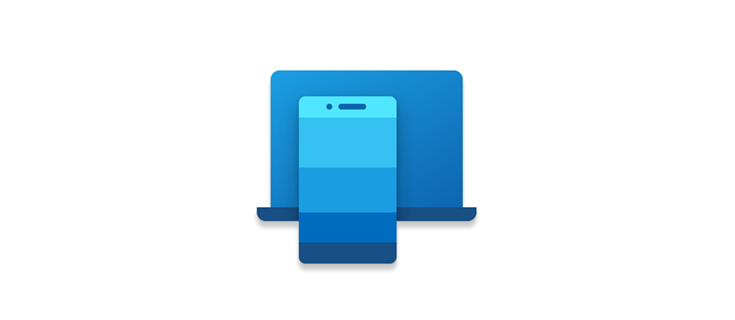Being able to connect to mobile devices from a desktop and/or laptop PC is a common requirement these days: we need to do that not only to download our photos and videos, yet also to manage our Address Book, SMS messages, messaging apps such as Whatsapp and Telegram, and so on. For that very reason, most - if not all - mobile device brands offer their own software to enable some kind of "sync" between a desktop operating system (such as Windows 10 or macOS) and the mobile device itself.
Unfortunately, most of these software requires the presence of a physical, cabled connection between the two devices using the USB standard. This is often a nuisance, since that USB-based link is often subject to connectivity and/or availability issues depending on various things: desktop OS version & drivers, mobile OS version & drivers, OS-level locks on the two filesystems, and so on... Not to mention the fact that you might break your mobile device USB port, thus requiring an expensive effort from an Android system repair company.
Most of these issues can be fixed using Your Phone, a great desktop app shipped with most Windows 10 editions (and freely available on the Microsoft Marketplace in case you don't have it installed) that allows to connect a desktop PC and a mobile Android or Samsung device using the LAN, i.e. without requiring a USB cable. In this post we'll briefly introduce this neat free alternative that will hopefully save you a lot of headaches when trying to access your device's files, content and apps.
System requirements
The Your Phone app can be installed on any PC running Windows 10 with May 2019 Update installed (or later) and allows to connect to any Android device, as long as it runs with Android 7.0 (Nougat) or above, as well as any Samsung device that has the Link to Windows (LTW) app installed.
Installation
To install the required software, execute the following tasks:
- Install the Your Phone app from the Microsoft Store.
- If you want to link a Samsung device, check if it has the Link to Windows (LTW) app installed; if you already have it it means that you're good to go and you can skip the next step, otherwise continue reading.
- If you don't have a Samsung device, or if your Samsung device doesn't have the LTW app installed, install the Your Phone Companion (YPC) app from the Google Play store or from the Galaxy store.
Once you have both the apps installed you can proceed to link the two devices, as explained in the following section.
Connecting the Devices
The required steps to connect the two devices depend on the device you choose to initiate the process. In both scenarios, you need to ensure that both your Windows PC and Android device are placed nearby, turned on, and connected to the same Wi-Fi network. You also need to have a Microsoft account, which you will need to use on both your Android device and PC.
Starting from Windows
- In the search box on the taskbar, type Your Phone, and then select the Your Phone app from the results.
- Select Android from the list of phone models.
- Sign in to your Microsoft account.
- Switch to your Android device and open the Your Phone Companion app.
- Sign in to the Your Phone Companion app with the same Microsoft account you've used on your PC a moment ago.
- Switch back to your PC: select the I have the Your Phone Companion app installed on my phone check box, then click the Pair with QR code button (if you want to pair using a QR code) or Pair manually (if you prefer to pair using a OTP display code).
- Perform the link by following the instruction given on screen: if you've chosen the QR Code option, you will have to scan the QR Code with you Android device; if you've chosen the Pair Manually option, you will have to type the OTP display code into your Android device.
Once your devices are linked, your Android device will prompt you with several device permissions, so that it will be able to access content from your phone and make it available to your PC.
Once your two devices are linked togheter, you'll be able to perform the following:
- Read and reply to SMS text messages
- View, upload, download and delete photos
- Use your favorite mobile apps
- Make and receive calls
- Manage your Android device’s notifications
... and much more.
Conclusions
That's it, at least for now: we hope that this post will help most users to link their Windows PC with their Android device with ease - and, most importantly, without the need of a USB cable.

